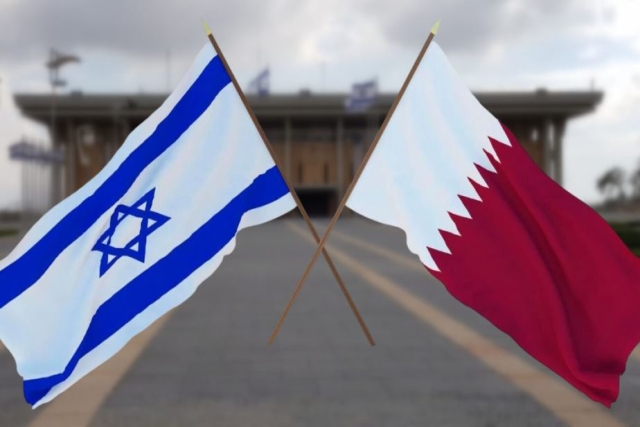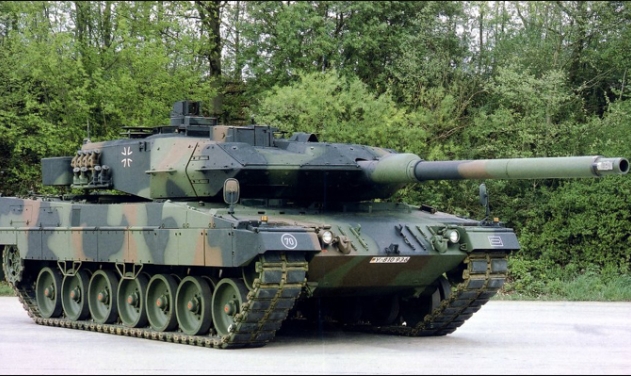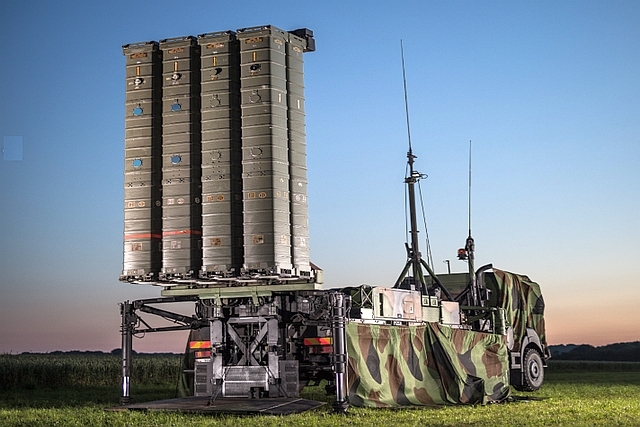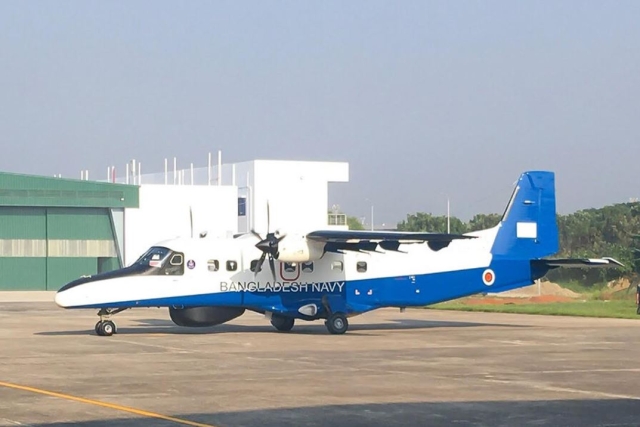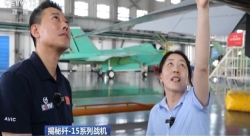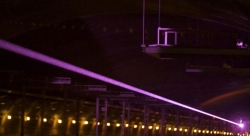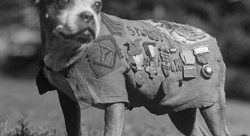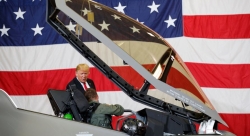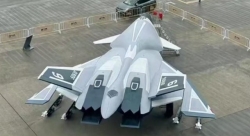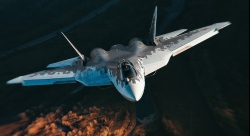British Army uses UAV for Counter-IED operations in Afghanistan
The Micro Air Vehicle, equipped with two cameras, is used to range ahead of the Talisman vehicles and detect the presence of IEDs. (UK MoD photo)
Lance Corporal Rob McInerney is currently working at the forefront of counter-IED operations in Afghanistan piloting the 'Flying Robot', which is part of the Talisman counter-IED system. Talisman has been designed to provide an increased level of assurance along routes throughout the region. It consists of a suite of cutting-edge equipment, including armoured vehicles, optical cameras and remote-controlled vehicles. This life-saving equipment is being used to support combat logistic patrols, which can comprise several hundred vehicles and trek through the country delivering vital supplies to bases for the troops on the front line. Lance Corporal Rob McInerney, aged 26, serves with 15 Field Support Squadron, part of 38 Engineer Regiment - the first troops to use the new system on the ground in Afghanistan. See Related News. His role is to pilot the MAV (Micro Air Vehicle), otherwise known as the 'Flying Robot' or 'T-Hawk': "The MAV is a great piece of kit and complements the rest of the equipment," he said. "The MAV has two cameras which feed information back to a laptop so that the commander is then better placed to make decisions. "We have been involved in a few contacts on a couple of the operations that we have been on, which made the day interesting! The most satisfying part of the tour for me is when we get the guys to their destination safely; after all, that is the aim of our job!" Lance Corporal McInerney has been with 15 Field Support Squadron, based in Ripon, North Yorkshire, since they re-roled from a Field Support Squadron in which he was a plant operator: "It has been good to learn something new but I am looking forward to getting back to plant," he said. Talisman
Talisman is a suite of vehicles, operated by the Royal Engineers, that clears routes of IEDs and mines. It was bought as an Urgent Operational Requirement worth more than £180m.

